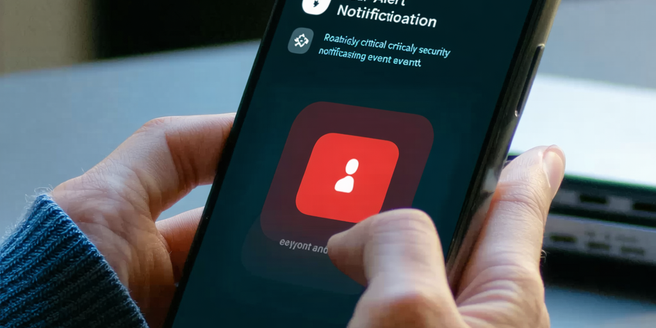
Understanding Entry Alerts and Their Importance
Entry alerts serve as an essential tool for maintaining awareness in environments where immediate responses are critical. They function by notifying users of significant events, such as breaches or new entries, helping to maintain security and productivity. Understanding entry alerts involves recognizing the types of alerts that are available, such as motion detection, time-based alerts, or user-specific notifications. Grasping their importance is about acknowledging the role they play in reducing response times and enhancing security measures. With the proper use of entry alerts, businesses and individuals can quickly adapt to unforeseen changes, thereby minimizing risks associated with delayed awareness. As part of an integrated alert system, entry alerts ensure that no critical event goes unnoticed, ultimately supporting the protection and strategic operations of an organization or home.
Popular Social Media Platforms for Alerts
In the era of digital communication, social media platforms have become vital tools for receiving real-time alerts. Each platform offers unique features tailored for specific alert needs. Twitter, with its fast-paced feed and hashtag system, is excellent for public announcements and updates. Facebook allows for community-based alerts through groups and pages, making it ideal for local information dissemination. Instagram, while primarily a visual platform, can be used for quick graphical alerts and updates. LinkedIn caters to professional networks, providing an alternative for business-related alerts and opportunities. Additionally, messaging apps like WhatsApp and Telegram offer encrypted, instant notifications in group and individual settings. Choosing the right platform depends largely on the nature of the alerts needed and the audience’s preference for receiving information.
Setting Up Notification Systems Effectively
To setup a notification system effectively, begins with identifying the critical alerts pertinent to your operations. Assess which events need immediate attention and define the criteria for triggering notifications. Choosing the right platform matters; ensure it aligns with your communication habits. Automate alerts to achieve consistency and avoid manual errors. Utilizing tools such as IFTTT or Zapier can help integrate your notifications into various platforms seamlessly. Test the notification system to ensure message delivery and clarity. Regularly update notification settings to reflect any changes in priorities or operational dynamics. Remember, an effective system is flexible yet straightforward, promoting rapid response without overwhelming with unnecessary alerts. Proper setup supports timely action, reducing the chance of crucial information being missed.
Customizing Alerts for Your Needs
Customizing alerts allows users to tailor notifications to specific preferences, enhancing their relevance and utility. Start by selecting the types of alerts essential to your day-to-day activities—whether entry alerts, sale notifications, or emergency alerts. It’s important to periodically evaluate which alerts are truly necessary versus those that add clutter. Adjust notification sounds or vibrations to distinguish between alert types immediately. Many platforms offer options to personalize alerts based on keywords, locations, or specific user interactions, allowing for fine-tuning according to individual demands. Some services enable setting time windows when alerts are active to minimize disturbances during off-hours. Consistently review alert settings to ensure they align with your evolving needs. Customization is about creating a notification system that delivers pertinent information promptly while minimizing unnecessary disruptions.
Analyzing the Impact of Social Media Alerts
Analyzing the impact of social media alerts involves understanding their effectiveness in delivering timely information and their influence on decision-making processes. Social media alerts streamline communication by providing immediate updates, enhancing real-time awareness of events that require prompt action. Measuring their impact can be achieved by evaluating response times, engagement rates, and the subsequent actions triggered by these alerts. Additionally, analyzing feedback and interaction from users can offer insights into how alert systems can be improved for better accuracy and efficiency. It’s also important to assess whether alerts lead to improved outcomes, such as faster resolution of issues or increased safety measures. By analyzing these elements, organizations can refine their alert systems to maximize responsiveness and operational effectiveness.
